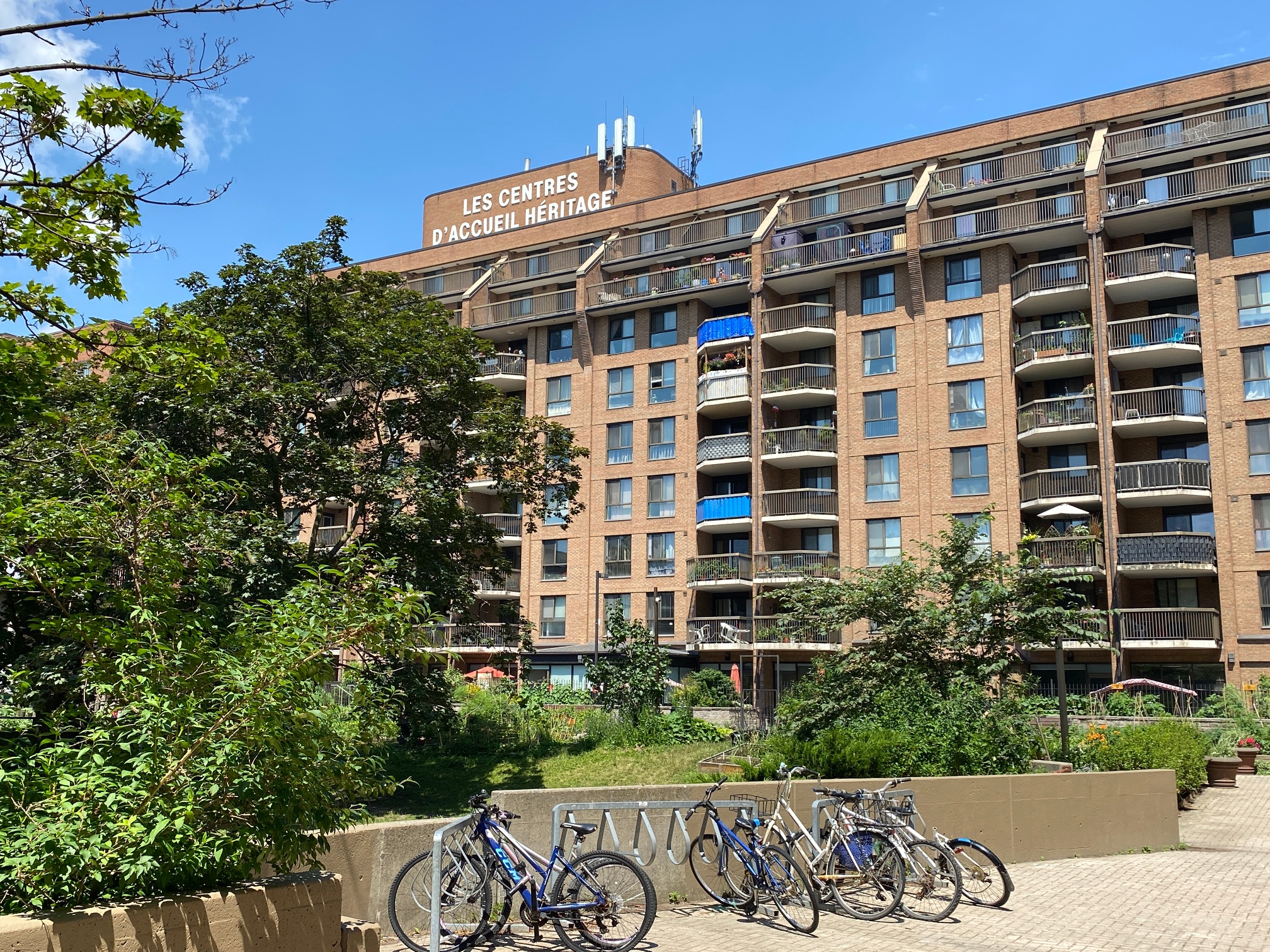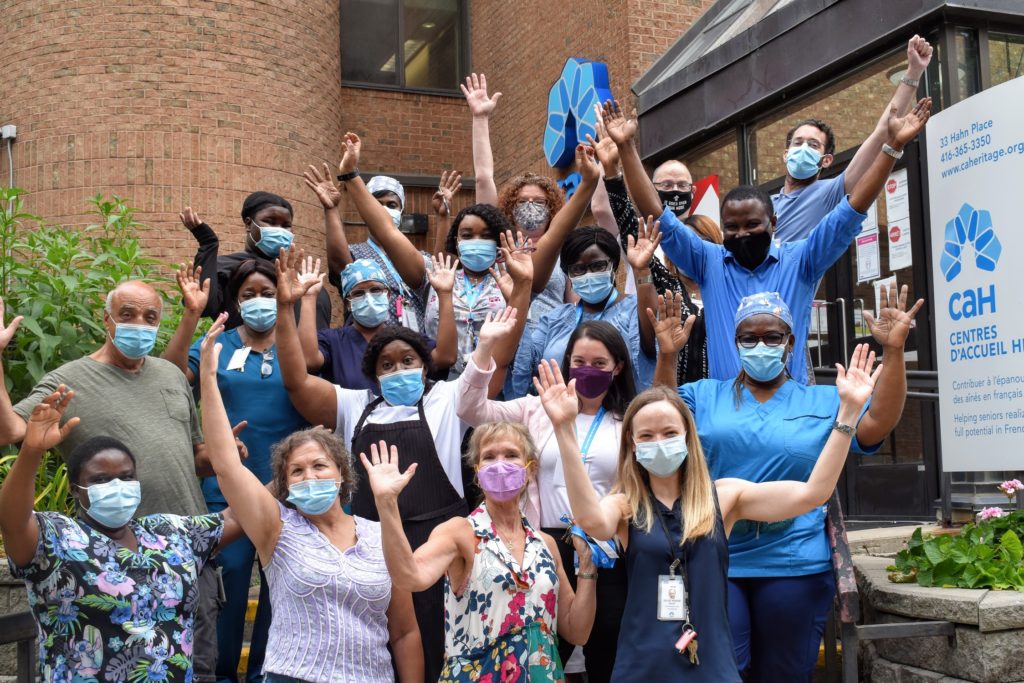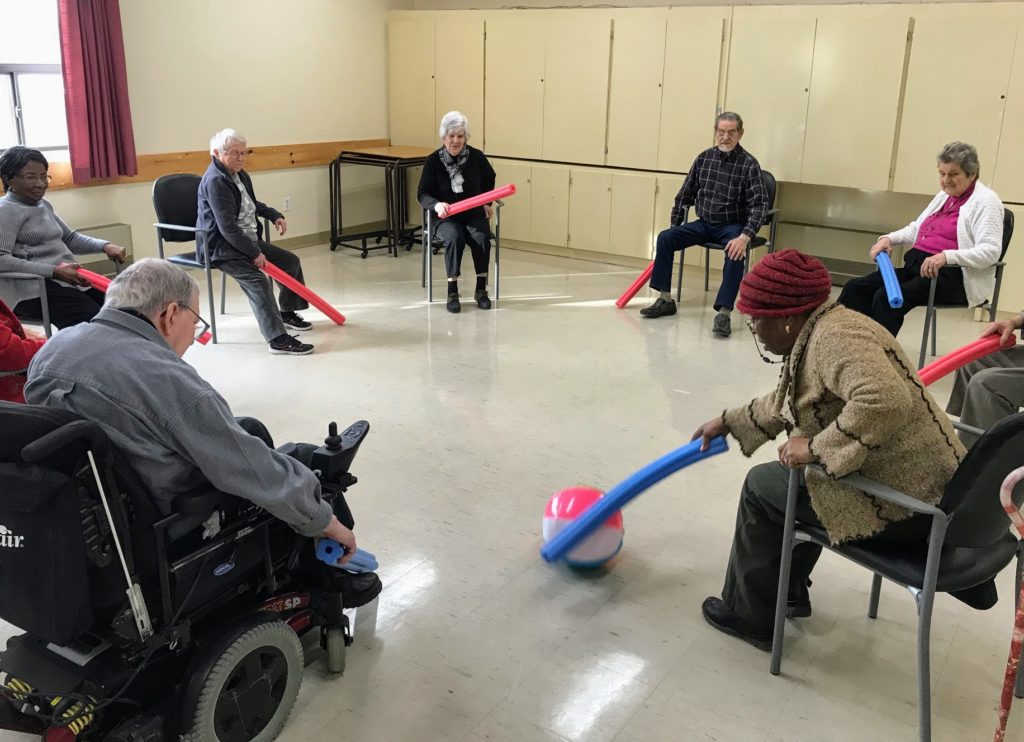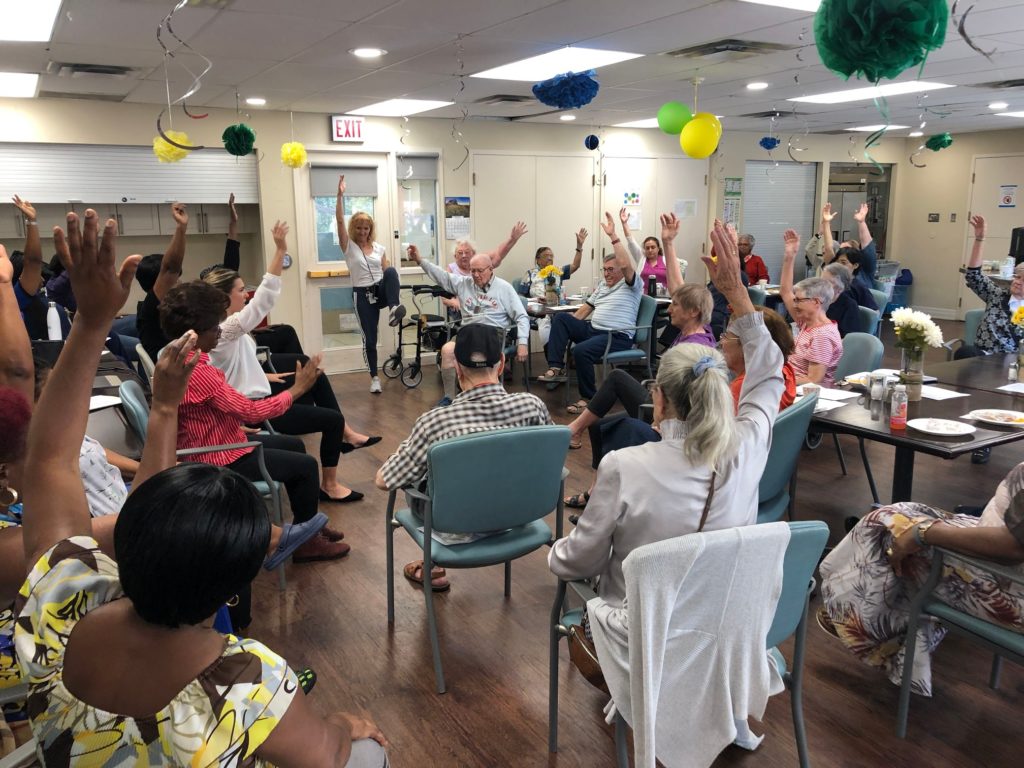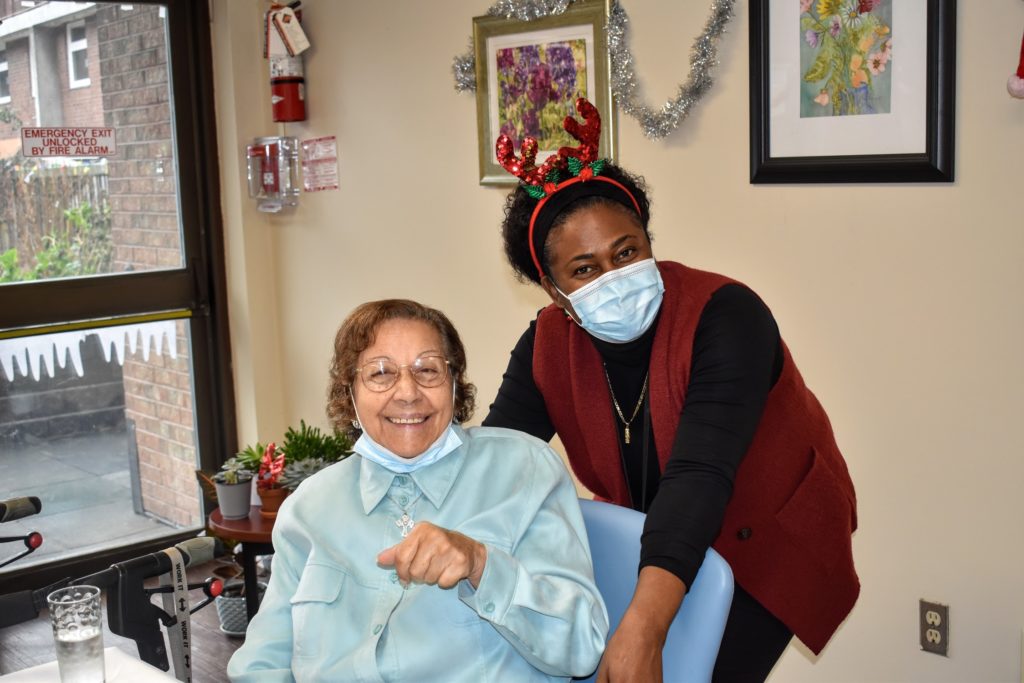Back in December, Local-News.ca broke the story about a pilot program in Burlington aimed at helping seniors stay out of long-term care and, thanks to more media exposure, plans to partner with others and expand the program seem full-steam ahead.
Burlington Councillor Paul Sharman has been heading up this project since its inception in November of 2017. The pandemic slowed down services for a bit, but Sharman and his team haven’t seemed to miss much of a beat, as there are already discussions with potential partners regarding expansion.
In January, CBC’s The National featured Sharman and his pilot project, which elicited a huge response that surprised even the man himself. He said the responses were positive and from people who wanted to help in whatever way they could.
“I got a pretty interesting number of responses from people across the country, all encouraging us,” said Sharman.
Sharman said that they are in the process of scaling up and opening up new locations, such as one on Appleby Line. However, he admits that locations like that could still be a few years away, as government regulations and planning processes can slow things down.
He points out that the provincial government is evaluating how to make it easier and quicker to get new homes and buildings built.
Until then, Sharman has been in talks with other organizations that would like to partner with PACE and offer their services.
“We found a place in Toronto, CAH, the Francophone community, that has built exactly what we want in the way we want it to be,” he said. “And they knew nothing about PACE. They created it from scratch.”
CAH (Centres D’Accueil Héritage) is a Toronto-based organization that has provided services such as low-income housing and other support programs for French seniors and their caregivers for almost 44 years.

It was founded by social worker Simone Lantaigne and a group of low-income and marginalized French-speaking seniors who would meet in a church basement.
There was a lot of experimentation at the start and a lot of what happened was born out of necessity, but Lantaigne was very driven. She eventually got a land lease and opened Place Saint-Laurent in January of 1982.
The nine-storey building houses 135 apartments that include 55 two-bedroom and 80 one-bedroom suites.
On top of affordable housing, they offer other services (to those eligible), ranging from personal care to transportation to working with care coordinators who help people traverse the healthcare and social services systems. You can find a more detailed outline of services here.
“The organization progresses towards understanding that, you know, having a home is important, but then you need to be able to stay within the home, to just stay safely in a home as people age, but also to be happy to enjoy the best quality of life possible,” said Executive Director Barbara Ceccarelli.
In total, about 200 people live at Place Saint-Laurent, but their community support services continue to do outreach to those in the French community across the GTA. People in their client base represent about 50 different countries of origin.
Ceccarelli says that the combination of having access to housing and services is essential when thinking about aging at home. She says the levels of support vary because not only do clients need a safe place to stay, but they need someone there who can help navigate the complicated systems.
One more thing that is essential to CAH is supporting the caregivers of their clients. Ceccarelli explains that caregivers might be in the most difficult position because they sit on this fence where they are not trained and invest so much of their personal time, and that it isn’t just anyone taking care of these people.
“It’s your mom, your dad, your friend, your husband, your partner, whatever that may be,” she said.
“Organizations like ours and expertise like PACE, and I’m sure there are more, is to prove that another way is absolutely possible. That it works, that people are happy that it’s less expensive. But it’s also richer. It’s not just about money. It’s about, you know, emotional wellbeing.”
CAH’s Assistant Executive Director Andrée Paulin heard of PACE via Sharman’s appearance on The National. She saw that they were doing something similar and wanted to connect and see how they could collaborate and support each other.
“There aren’t that many places that do what we do,” Paulin said. “So seeing that there was somebody out there doing something similar, I decided to reach out and just to connect with him to learn more about what’s happening.”
She says that even though their initial conversation with Sharman was an exploratory chat to learn more about PACE and where there is overlap, there is a lot they can learn from each other and that there are going to be lots of opportunities to exchange best practices and ideas.
Sharman notes that they are using CAH’s success as a benchmark and that their success has him optimistic that PACE can be sustained long-term and more extensively than in the U.S. because of Canada’s universal healthcare system.
He says that the critical point though is that CAH owns the building, not the government.
“That’s actually how we end up getting to serve most people in the country,” said Sharman. “So as soon as we can make it viable for commercial buildings, then we can make this thing buzz.”

